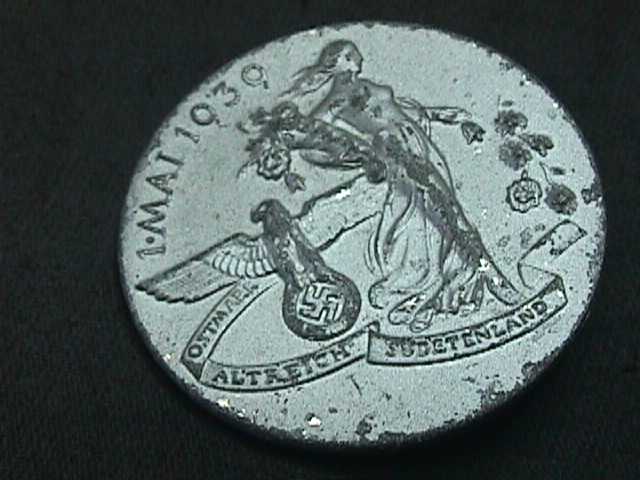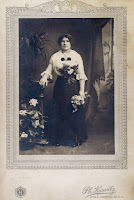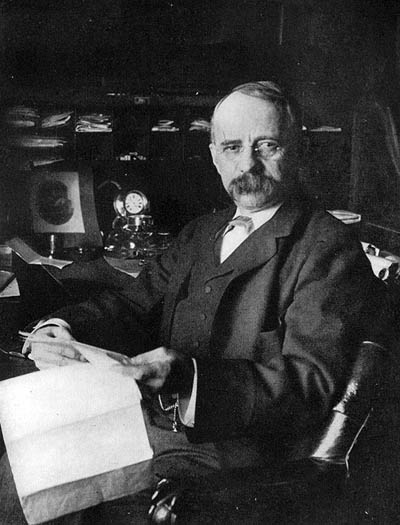In 1939, Manny was 7 years old. He couldn't attend school because Jewish children were not allowed to go to school. The streets of Trier were dangerous for Jewish people, so Manny, his mother and their maid, Anna, stayed inside most of the time. Manny had no ideas where his father was, he found out later that he had joined the resistance movement. By 1940, his father, Morris was never home.
In 1940, they never left the house, with one exception-- Manny's mother, Ottilie, was leaving the house on Paulinestrasse to go to the town hall to check on the status of their exit visas. Manny's sister and grandparents were already in Chicago, and the rest of the family was hoping to join them.
Getting an exit visa from Germany was difficult for Jews, since they had to have a country that was willing to receive them. A visa to the United States was almost impossible to obtain, due to United States foreign policy at that time. Although the US government was aware that Jews in Germany were being harassed, leaders were reluctant to say anything that would make Hitler and his government increase their anti-Semitic actions and make things even worse for the German Jews. The United States had become more and more isolationist during the 1920's, and was not interested in getting involved in any European conflicts. There were articles in many American publications , including National Geographic, which praised Hitler and his "New Germany. " In the 1930's, celebrities, such as Charles Lindbergh, were openly supportive of the Nazis. The United States was deep in the Great Depression, there was terrible unemployment, and the conventional wisdom was that immigrants, especially Jews, were not welcome because there weren't enough jobs for Americans.
The Klepper family was fortunate since they had family in the United States, who were working to get them out of Germany. Elsie, Manny's aunt, was married to a man who had connections to Henry Horner, the Governor of Illinois and Congressman Boyle. Both these men used their influence to help the Kleppers to get visas to immigrate to the United States. They left just in time, in 1941, the remaining Jews in Trier were deported to either concentration camps in Poland or the Teresienstadt, the "model ghetto" in Czechoslovakia
Early in 1940, the visas came through. Now that Hitler controlled most of Western Europe, traveling to the United States by going west was impossible. They would have to go East. Russia was a neutral country at that time, so the plan was to fly to Berlin, go to Moscow and travel across Russia. Manny was 8 years old. Ottilie and Manny flew to Berlin, where they stayed for a few days with their Klepper relatives.
Since Jews were not allowed to have money, they had put cash in a bank account in the name of their maid, Anna. They withdrew this cash before they left Trier for Berlin. When they left Berlin for Moscow, the Kleppers saw them off--this was the last time they saw these relatives, since they were moved to concentration camps and died in the Holocaust. At the airport, Manny remembers that the line of people was 4 deep, all exiting Germany. They were allowed only one small suitcase, and at the last check point, Nazi guards confiscated most of Ottilie's cash, telling her that she had more money than she was allowed to take out of Germany. They boarded Russian planes and flew to Moscow. Manny tells that there were 12-15 planes, each with 80 to 90 people.
 |
| Berlin in 1940. |
In Moscow, Manny and Ottilie were reunited with Morris, Manny's father. When Manny's asked how his father got to Russia, the answer was " Resistance fighters had ways to move people. " His father rarely had much to say about the last few years in Germany when he was never home. The family stayed in Moscow for twelve days and managed to do some sightseeing. In Moscow, they boarded the Trans Siberian Road and began the next part of their journey.
 |
| Manny and his family visited Lenin's Tomb in Red Square in 1940. |

































